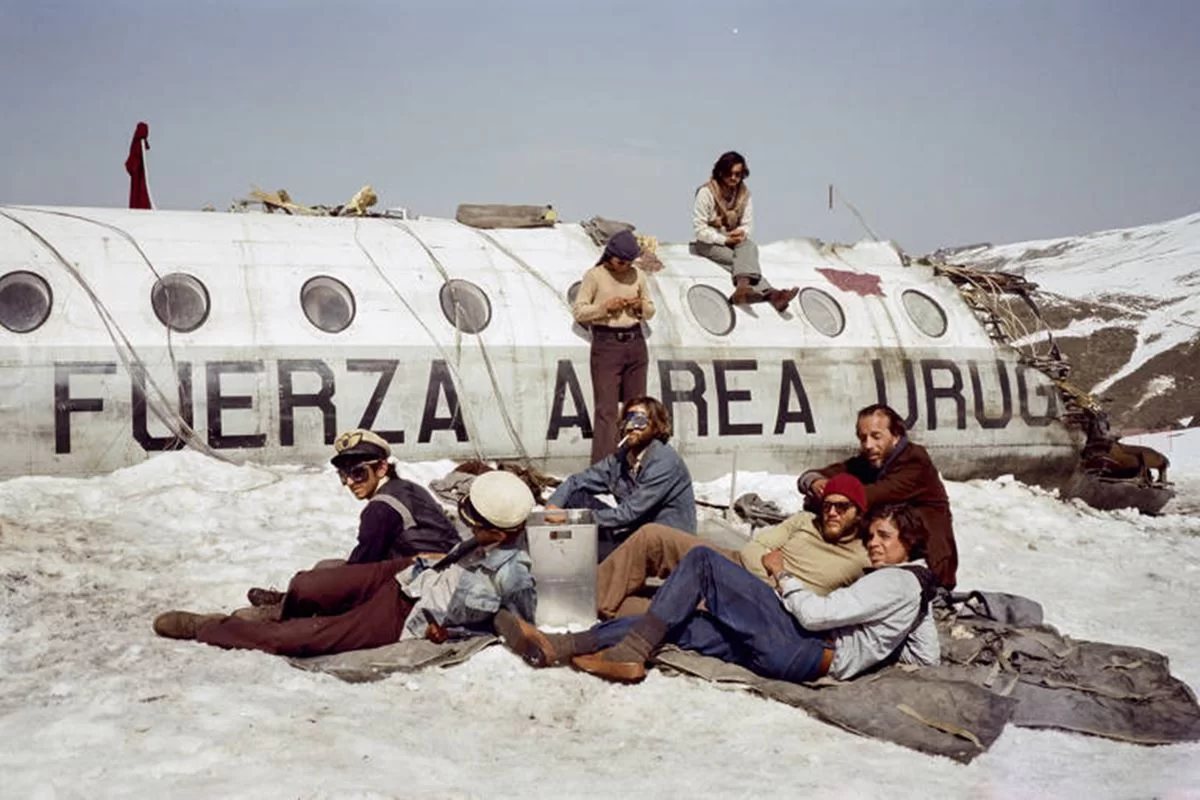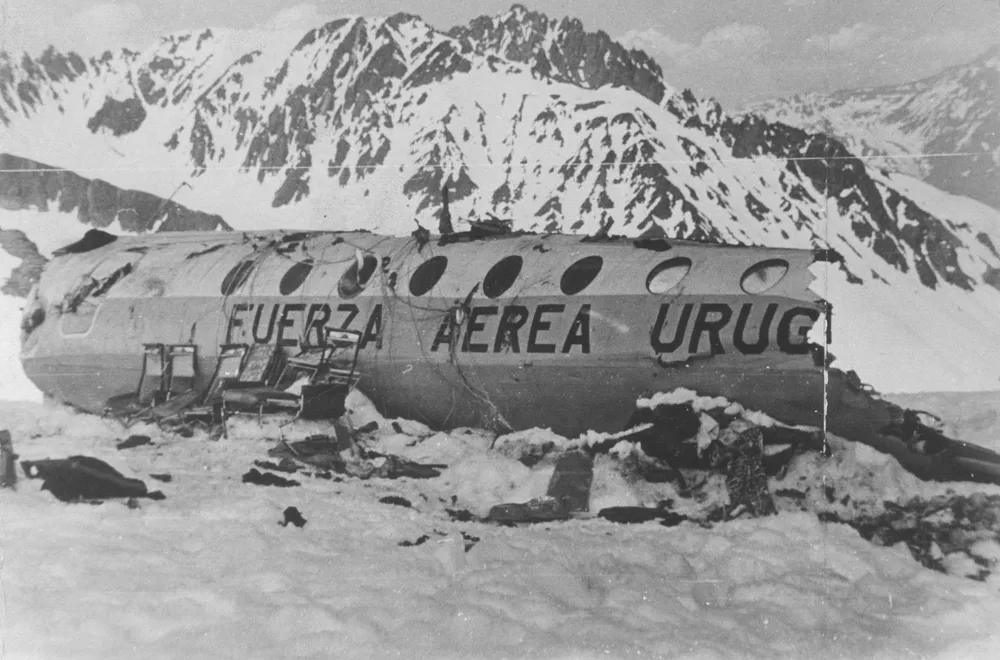
The Harrowing Ordeal in the Andes
The Andes mountain range, with its breathtaking beauty and treacherous terrain, became the unlikely setting for one of the most extraordinary survival stories in modern history. On October 13, 1972, a plane carrying 45 passengers, including a rugby team from Uruguay, crashed into the remote and inhospitable peaks of the Andes. What followed was a harrowing ordeal that would test the limits of human endurance.
For 72 days, the survivors faced extreme conditions, including freezing temperatures, avalanches, and a scarcity of food and water. The film adaptation of the Andes Tragedy captured some of the key moments of this struggle, but the full scope of what these individuals endured extends far beyond what was portrayed on screen. The survivors were forced to make unimaginable decisions, including resorting to cannibalism, to stay alive.
Despite these challenges, the survivors demonstrated an incredible will to live. They banded together, pooling their resources and supporting one another in the face of overwhelming odds. The untold stories of the Andes Tragedy reveal the depth of their determination and the lengths they went to in order to survive. These narratives highlight the human capacity for adaptation and resilience, showcasing the strength that emerges in the face of adversity.
The Untold Stories of Survival
While the physical challenges of the Andes Tragedy are well-documented, the emotional and psychological toll on the survivors is often overlooked. The film adaptation focused primarily on the physical struggle, but the untold stories delve into the mental and emotional journey that accompanied it. The survivors were not only fighting for their lives but also battling the despair and hopelessness that threatened to overwhelm them.
The emotional resilience of the survivors was just as crucial to their survival as their physical endurance. The untold stories reveal how they coped with the trauma of the crash, the loss of their friends and loved ones, and the constant fear of death. These narratives shed light on the psychological strategies they employed to maintain their sanity and their hope, even in the darkest of times.
One particularly poignant aspect of the untold stories is the survivors’ reliance on one another for emotional support. In the face of such overwhelming adversity, the bonds between the survivors grew stronger, providing them with the strength to carry on. This camaraderie was a vital component of their survival, as it gave them a sense of purpose and a reason to keep fighting.

Rebuilding Lives After the Tragedy
The aftermath of the Andes Tragedy was a difficult and complex period for the survivors. After being rescued, they were thrust back into a world that could not fully comprehend what they had been through. The untold stories of the survivors’ post-rescue experiences reveal the challenges they faced as they tried to reintegrate into society.
For many survivors, the psychological scars of the tragedy remained long after they were rescued. They struggled with feelings of guilt, trauma, and a deep sense of loss. The untold stories highlight the resilience that continued to sustain them as they worked to rebuild their lives. These narratives also explore how the survivors’ experiences in the Andes shaped their identities and their futures.
The survivors of the Andes Tragedy became symbols of hope and resilience, but their personal journeys were far more complex than the public image that was often projected onto them. The untold stories reveal the nuanced and deeply personal struggles they faced as they came to terms with their experiences and sought to find a new sense of normalcy.
The Legacy of the Andes Tragedy
As we reflect on the Andes Tragedy and the untold stories that have emerged from it, it becomes clear that this event is more than just a historical footnote. It is a powerful reminder of the human capacity for resilience, the strength of the human spirit, and the importance of community in the face of adversity. The untold stories of the Andes Tragedy offer a deeper understanding of this event, allowing us to see it not just as a tale of survival but as a testament to the enduring power of hope and determination.
The legacy of the Andes Tragedy lives on in the stories of the survivors, who continue to inspire us with their courage and resilience. By exploring these untold stories, we gain a greater appreciation for the complexity of the human experience and the remarkable ability of individuals to overcome even the most daunting challenges. The Andes Tragedy serves as a timeless reminder of the strength that resides within us all, waiting to be discovered in the face of adversity.






